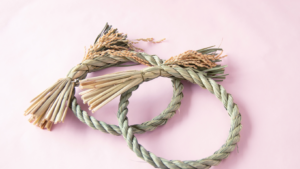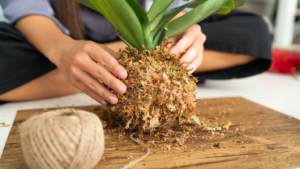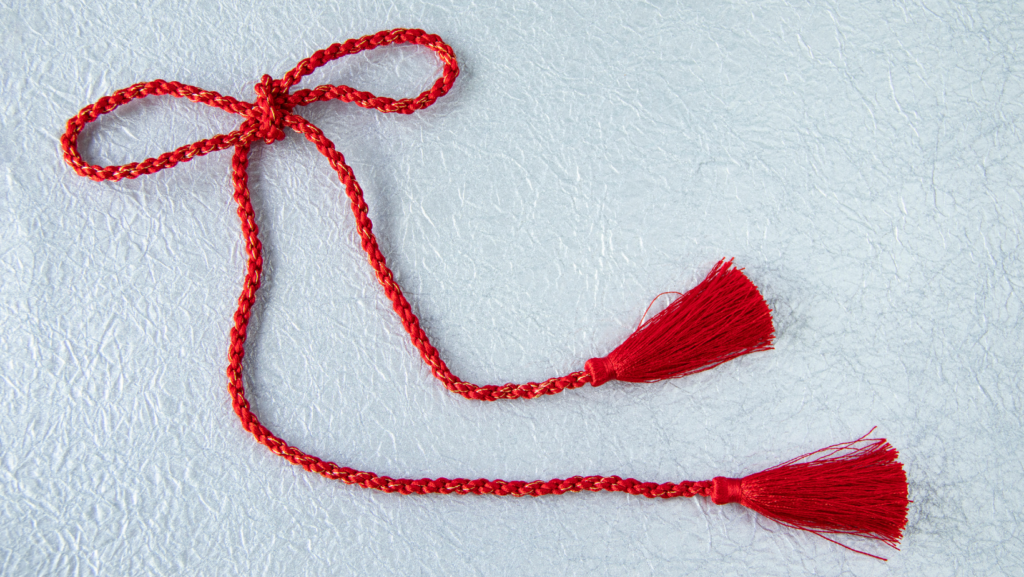Japanese rope art, known as Shibari or Kinbaku, is an intricate and captivating form of artistic expression that has captured the fascination of many around the world. Originating from ancient martial arts techniques, this unique practice has evolved into a celebrated art form that combines aesthetics, skill, and creativity. With its roots deeply embedded in Japanese culture, Shibari is more than just the act of tying ropes; it’s a dance of tension and release, creating visually stunning patterns and forms.
The allure of Japanese rope art lies in its ability to convey both vulnerability and strength. Artists meticulously weave ropes to craft intricate designs that highlight the human body’s natural contours. This art form demands not only technical proficiency but also a deep understanding of trust and communication between the artist and the subject. As Shibari continues to gain popularity globally, it invites a deeper appreciation for the harmonious blend of tradition and innovation.
Japanese Rope Art

Japanese rope art, often termed Shibari or Kinbaku, represents a unique fusion of artistic expression and historical tradition. Originating from the Edo period martial practice known as Hojojutsu, it morphed over centuries into a sophisticated art form. Artists employ complex knots to create intricate patterns that both bind and enhance the beauty of human form. These patterns serve not only as aesthetic elements but also as a testament to the technical prowess of the artist.
Central to this art is the dynamic interplay of control and surrender, which demands a deep trust and understanding between the participants. This relationship is crucial, as the physical and emotional safety of the subject hinges on the artist’s skill and empathy. Ropes, typically made from jute or hemp, are chosen for their strength and texture, providing both durability and comfort during the practice.
Techniques and Styles
Japanese rope art, or Shibari, features distinct techniques and styles that define its intricate beauty. Its roots touch both basic and advanced methods that combinedly create visually stunning and emotionally evocative experiences.
Basic Knots and Tying Methods

In Shibari, foundational knots and tying methods establish the groundwork. The Square Knot ensures a secure hold, integral for maintaining support. The Somerville Bowline, another basic knot, provides stability yet maintains ease of untying, crucial for comfort and safety. Simple Hitches connect the foundational knots, extending the rope art’s reach and flexibility.
Advanced Patterns and Designs
Advanced patterns showcase Shibari’s artistic potential. The Ebi, or shrimp tie, symbolizes humility and restraint and requires skillful execution. The Karada, a rope harness, accentuates the body’s natural curves, highlighting aesthetic lines. Another intricate design, the Takate Kote, locks the arms behind the back in a structured form, combining restraint with visual impact. These designs demand precision and an artistic eye to balance functionality with expressive artistry.
Materials Used in Japanese Rope Art
Japanese rope art centers on the use of specific materials designed to enhance both aesthetic appeal and functional performance. The materials chosen contribute to the overall experience for both the artist and the subject.
Types of Ropes

Jute and hemp ropes are most commonly used in Shibari due to their texture and durability. Jute ropes, made from the natural fiber of the jute plant, offer a lightweight and flexible option preferred by many artists for their natural feel. Hemp ropes, known for their strength and gentle grip, provide a similar experience, making them popular among practitioners valuing comfort and safety. These materials undergo treatment processes to ensure they are smooth and comfortable against the skin, minimizing discomfort during use.
Additional Tools and Accessories
Several tools and accessories enhance the practice of Japanese rope art, adding to the complexity and safety of the experience. Karabiners, typically used to securely fasten ropes, allow for quick adjustments and add stability during more complex patterns. Safety shears, crucial for emergencies, enable rapid release from the bindings. Artists sometimes employ bamboo poles, which aid in creating elevation and positioning within rope structures, expanding the creative possibilities of this art form.



